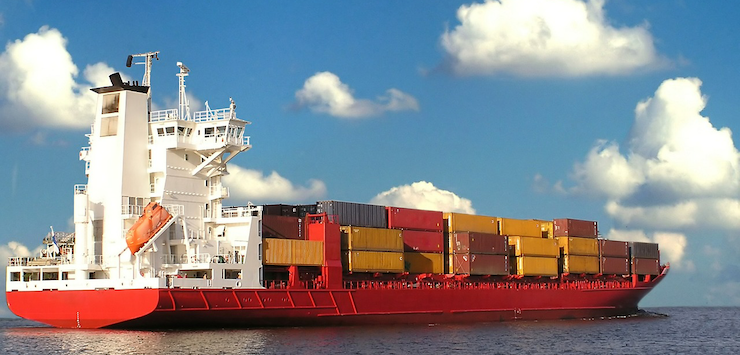In recent years, the implementation of the so-called digital transformation has been one of the most important challenges in Supply Chain Management. And even though according to the 8th Hermes Barometer only eight percent of companies claim to have already successfully implemented their transformation process, the new year brings new topics to the agenda. For example, the demand for individualized products is increasing and can only be met with the help of innovative technologies. We show you which Supply Chain trends you should not miss.
Transparency in the Supply Chain
While the desire for supply chain transparency is nothing new, the need for a real-time supply chain status is increasing. After all, customers are well aware of the technological possibilties and the maximum of transparency they entail. “Transparency in the supply chain will be an important competitive advantage in the future,” confirms Ralf Boelicke, Department Manager Solution Design at Hermes International, a division of Hermes Germany. IoT applications or big data can increase transparency along the entire supply chain and enable the transmission of data in real time. As a result, disruptions, delays or other sources of irritation in the supply chain can be identified quickly and countermeasures can be initiated. With the help of big data technologies, the data thus obtained can be used to further optimize supply chain processes and forecasting. This brings us to yet another trend: the use of innovative technologies.
Innovative Technologies
The hype about blockchain technology seems to be slowing down a bit. Even though reports of on-road testing are increasing, the majority of companies may now have realized that using this highly complex technology is not the perfect way to optimize each supply chain. Nevertheless, innovative technologies are on the rise: RFID (radio-frequency identification) tags for better warehouse management, intelligent sensors to monitor the temperature and humidity in the cargo hold or the automated calculation of freight capacities enabled by big data – the use of innovative technologies will continue to increase this year. “Companies should carefully examine which technologies are effective for their own processes. These can be easily identified, for example, in the context of an analysis of the current state and that of the targets,” says Boelicke, referring to the approach with which Hermes Germany identified big data as a key technology for their processes about a year ago.
Customer Focus and Batch Size 1
Only those who know the needs of their (potential) customers can serve them and position themselves successfully on the market in the long term. With the increasing pressure of competition, therefore, it becomes more important than ever to successfully keep the loyalty of existing customers. The production of individualized products, i.e. smaller lots, tightens this situation and has a major impact on all upstream and downstream logistics processes. In addition, consumers shop online on a regular basis. There are no opening hours online and customers often expect the delivery of their purchases within one day. “An agile supply chain that adapts flexibly to new framework conditions will be even more important in the future in order to meet growing customer demands,” Boelicke is convinced.
“On-Demand“-Services
In the field of logistics, the use of on-demand-warehouses or on demand-logistics allows companies this flexibility and agility. In addition, the streamlining of structures and processes can go hand in hand with immense cost savings for the companies. As a result, on-demand services and the use of other services by external providers are increasing. “We are now taking care of the entire fulfillment, warehousing, etc. for our customers,” confirms Boelicke. He adds: “Companies want to focus more on their core business and leave the further processes to logistics experts, Software-As-A-Service providers, etc.”
Conclusion
The focus lies clearly on the further optimization of the supply chain. The aim will be to satisfy the needs of the customer – whether it is more transparency, batch size 1 or same-day delivery – and thus secure a long and trustful relationship. Modern technologies can significantly optimize the processes and thus contribute to the long-term success of the business.

